© ROOT-NATION.com - Use of content is permitted with a backlink.
It has become known that the new aid package from the United States includes precision-guided GLSDB (Ground-Launched Small Diameter Bomb) bombs with a range of over 150 km. Such munitions can be fired from M142 HIMARS and M270 launchers. It should be noted that this news should upset our enemies, because now the Armed Forces of Ukraine will not only be able to hit targets at a distance of over 150 km, but will also replenish their arsenal of precision weapons for the already legendary HIMARS and M270 launchers.
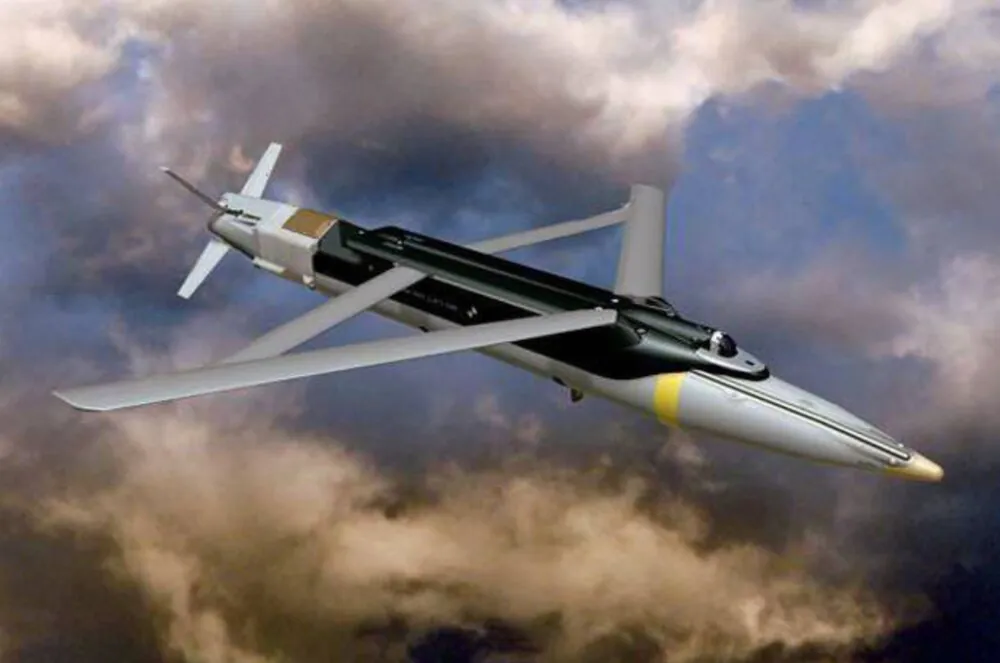
Let’s try to understand what is interesting about precision ground-launched small diameter bombs (GLSDB) and how they will help our defenders fight the Russian invaders.
Read also: How can M142 HIMARS and M270 rocket systems change the course of war in Ukraine?
What is the GLSDB system?
The GLSDB (Ground-Launched Small Diameter Bomb) system was developed by Saab Group in partnership with Boeing Defense, Space & Security. De facto, it is a combination of two classic weapons systems: the GBU-39 SDB small-size precision-guided bomb and the M26 MLRS/HIMARS rocket engine. Both systems have been in service with US and allied forces for decades and are available in large numbers.

These munitions were developed to be launched from ground artillery systems and provide ground forces with the ability to engage targets in complex and limited theater conditions.
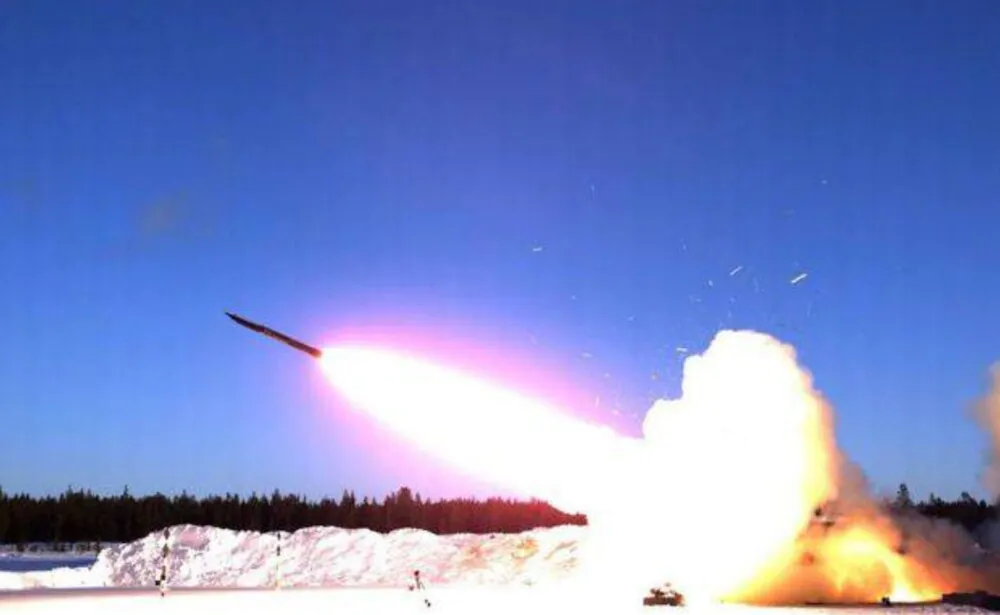
First, I propose to take a closer look at the main components of a small-diameter, precision-guided, ground-launched bomb, i.e., the GBU-39 SDB cruise missile and the M26 rocket engine.
Read also: Weapons of Ukrainian Victory: ATACMS missiles for HIMARS and MLRS
A few words about the GBU-39 SDB planning bomb
The GBU-39 SDB (Small Diameter Bomb) was developed in the early 2000s specifically for the internal weapons bays of stealth aircraft. A constant problem with these aircraft is that they cannot carry weapons on an external mount without significantly increasing their visibility. Therefore, the idea was born to develop a small guided bomb (primarily small diameter) that could be placed in large quantities in the internal bomb bays of the Lockheed/Boeing F-22 Raptor.
The SDB bomb has a very narrow, elongated body, with wings folded on the back and mounts on the belly. The bomb is suspended under the aircraft in an inverted position, and after launch, it flips 180 degrees. Its diameter is only about 19 cm and its length is 1.8 meters. The bomb weighs 129 kg (285 lb) and is armed with 16 kg (36 lb) of high-explosive in a particularly strong steel casing, allowing it to engage armored and fortified targets.
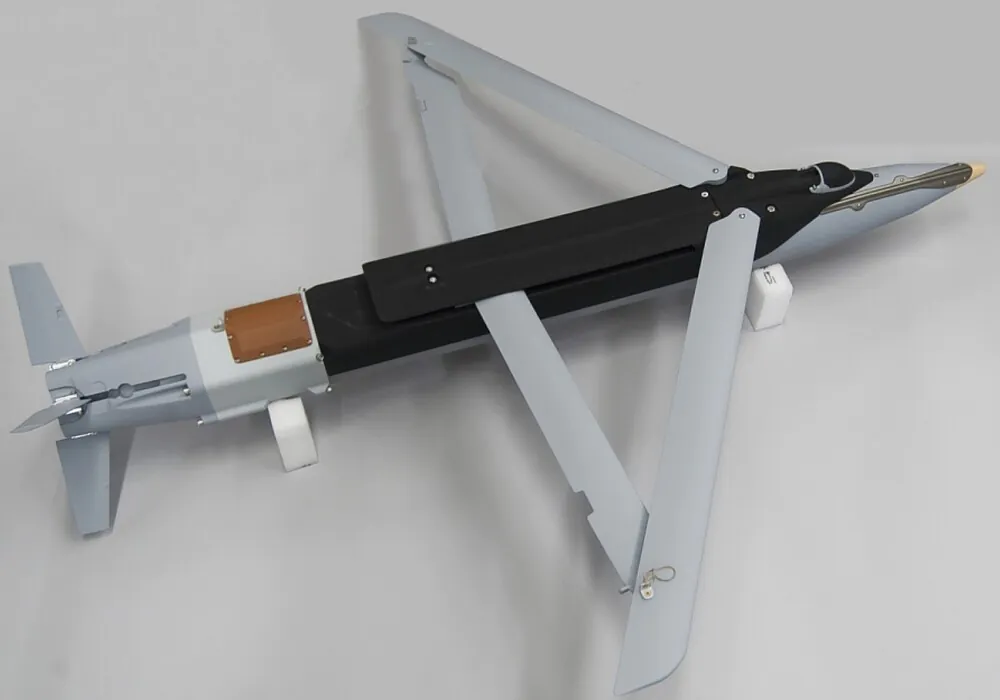
The bomb is guided with high accuracy by a combination of satellite and GPS/INS inertial guidance: the possible circular deviation of the SDB is no more than 5-8 meters. The high accuracy of the bomb is not only a means of compensating for the low weight of the warhead, but also makes it possible to reduce collateral damage when used in populated areas. It is known that the SBD bomb was designed during the so-called war on terror, in particular with the al-Qaeda group. Due to its large wing area, the GBU-39 SDB bomb has a long range. Launched from a sufficient altitude, the SDB can plan independently for a distance of up to 110 km (over 70 miles).
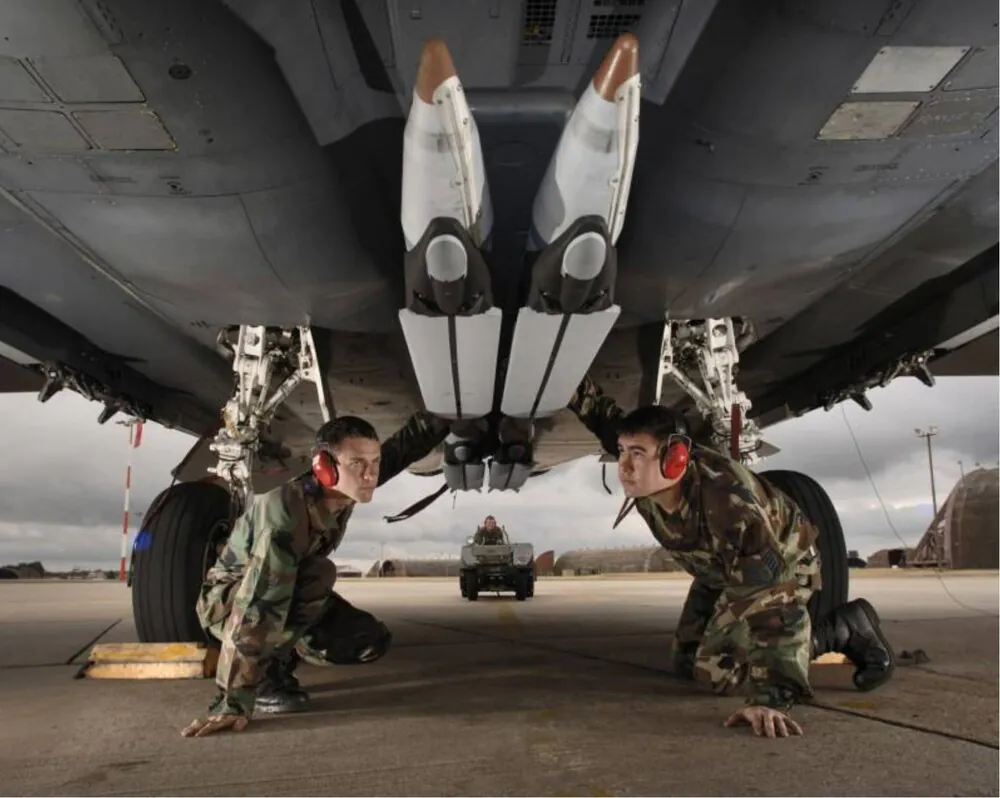
Although the SDB bomb was originally designed for stealth aircraft, it has been used with conventional F-15 and F-16, AC-130 air gunships, and Predator drones. Four GBU-39 SDB bombs can be suspended in place of one standard 2,000-pound (907 kg) bomb, thereby allowing more targets to be attacked in one flight. At the same time, with high accuracy and with safe removal. The downside is the rather high price of such a bomb: $40,000 to $70,000 per unit. This is due to the fact that, unlike hinged guidance kits such as JDAMs (which are “put on” a conventional free-fall bomb), each SDB is a product with an integrated guidance and control system.
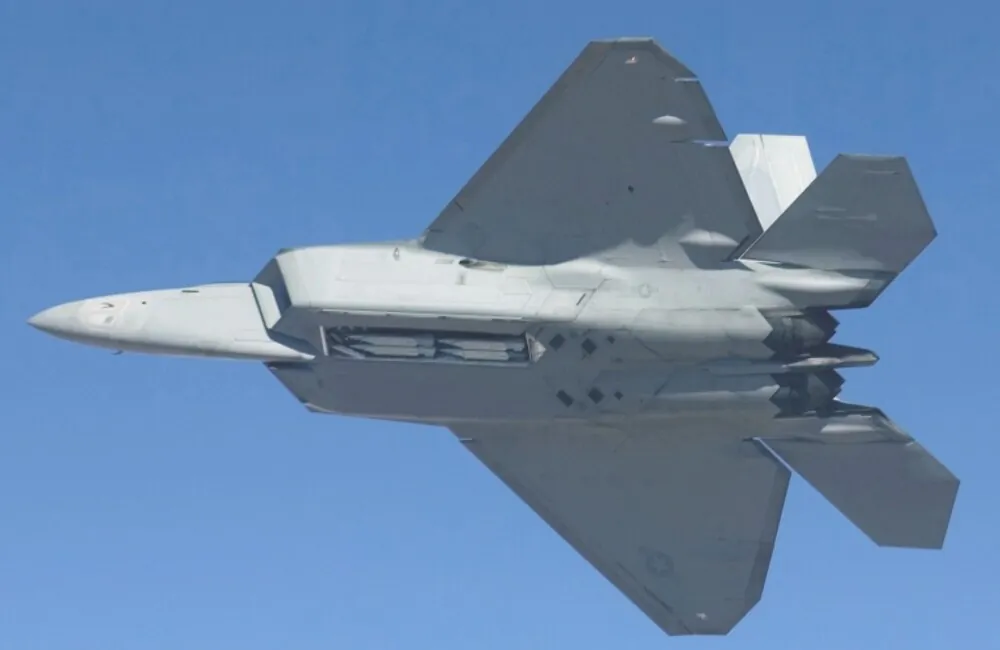
Currently, GBU-39 SBD bombs are being phased out of service and replaced by the more advanced GBU-53 Storm Breaker (SBD II) bombs, equipped with a tri-modal guidance system consisting of active millimeter-wave radar, semi-active laser guidance and passive infrared homing, and capable of hitting targets at a distance of up to 110 km. However, more than 45,000 GBU-39 SBD bombs were produced for the war in Afghanistan, and more than half of them are still in stock in warehouses.
Read also: Weapon of Ukrainian Victory: German Self-Propelled Howitzer Boxer RCH 155
GBU-39 SBD + M26 rocket engine = GLSDB
And that’s when the engineers came up with a brilliant idea. In the mid-2010s, Boeing, in collaboration with the Swedish concern Saab, proposed an original use for SBDs: to equip them with a rocket booster and launch them from the ground, turning a cruise missile into a short-range cruise missile. A suitable rocket engine already existed. At the time, the US Army was massively retiring obsolete M26 unguided MLRS/HIMARS missiles, and there were hundreds of thousands of fully operational solid-fuel missiles in storage. All that remained was to connect the engines from these missiles to the bombs.

This is how the GLSDB system was born, combining the GBU-39 SDB bomb with the rocket motor from the M26 unguided missile. The weight of the SBD bomb (129 kg) was even slightly less than the weight of the former M26 cluster warhead (156 kg), so no significant component modifications were required. Unlike MLRSs, the GLSDB is launched at a high angle to reach its maximum altitude at the apogee. After that, the rocket engine is reset, the bomb opens its wings and begins to plan for the target.
Such a rocket airframe can be launched from the compartment of a standard 6-round launch container for M270 MLRS or M142 HIMARS MLRS It should be noted that the former carries two such containers, while the latter carries only one. According to the developers, the maximum launch range of the optimized trajectory is more than 150 km. It should be noted that since the SDB does not follow a ballistic trajectory, but rather an aerodynamic glider, it can be launched in any direction, then turn around in the air and head for the target. In tests in 2019, the GLSDB demonstrated the ability to turn 180 degrees and hit a target 70 km behind the launcher. This can be useful in combat operations in densely populated areas where safe launch directions are limited. Such capabilities allow the launcher to hit several targets in different directions with a single salvo.
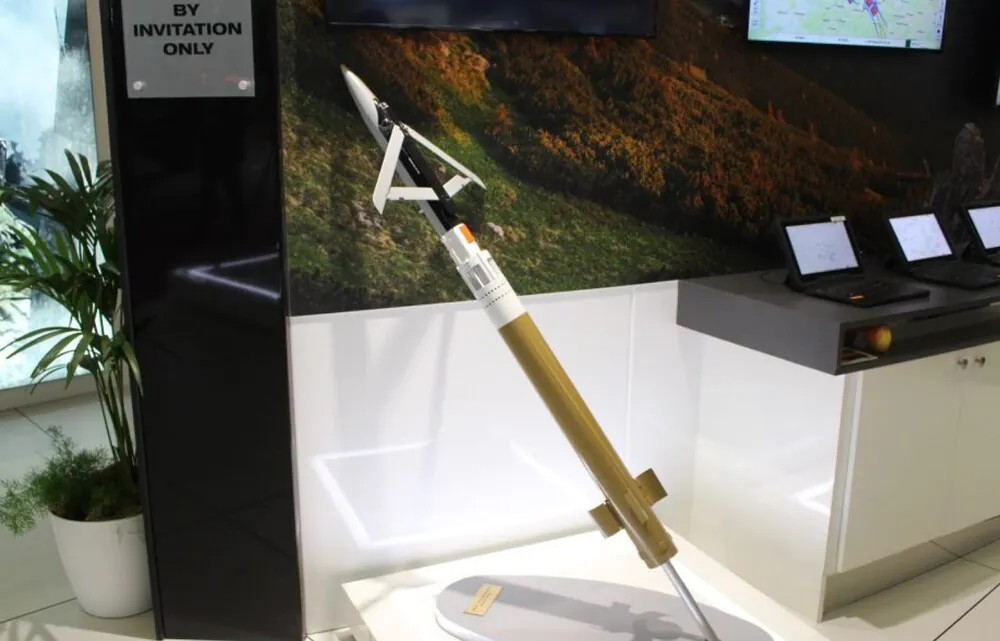
Read also: Weapons of Ukrainian Victory: Iris-T SLM for Ukraine from Germany
Combat capabilities of the GLSDB bomb
In terms of combat capabilities, the GLSDB small-diameter ground-launched bomb has about twice the range of the M30/M31 guided missiles, with a similar weight warhead. The flight speed of the GLSDB, however, is lower than that of the M30/M31 ballistic missile, making it more vulnerable to air defense. This, however, is compensated by the more complex planning trajectory, lower altitude, and ability to perform maneuvers on the flight path. The impact of the GLSDB penetrator warhead is more localized than that of the M30/M31 high-explosive warhead, but at the same time it is much more effective against buildings and fortified structures.
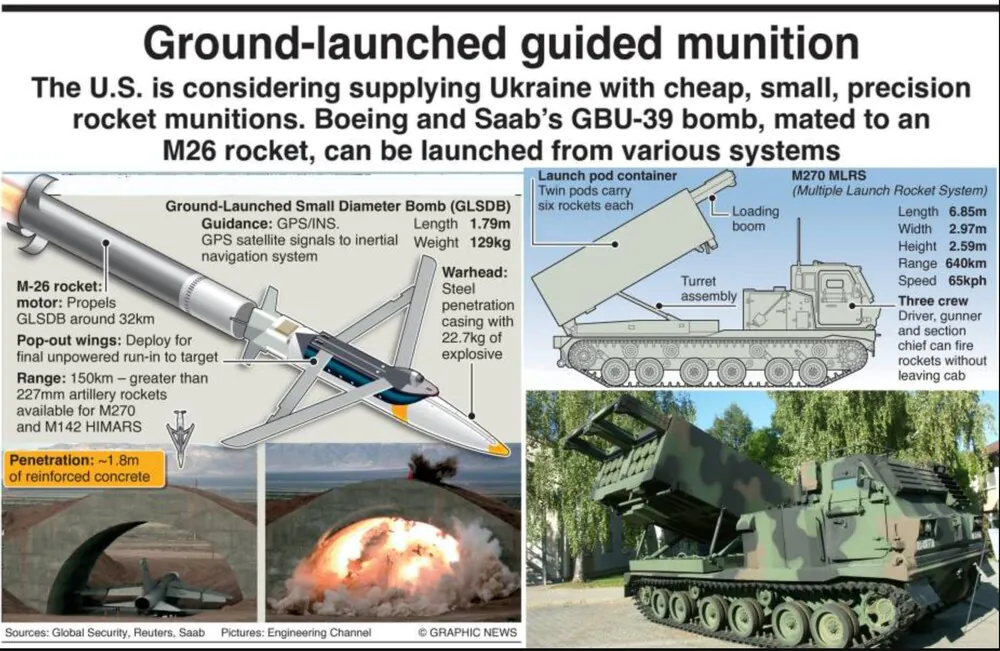
In addition to the standard GBU-39A/B, which can only hit stationary targets with specified coordinates, the system is also capable – at least potentially – of using GBU-39B/B bombs equipped with a laser guidance system (similar to that used on Laser JDAM, LJDAM). In this version, the system can be used against moving targets that are “illuminated” by a laser beam from an aircraft or a ground gunner. In tests in 2019, GLSDB successfully hit a moving target boat at a distance of 130 kilometers from the launcher.

In general, this weapon system is another example of the “combinatorial” approach to the development of new weapons systems, which is a favorite of the Americans. This is when a new weapon with fundamentally new functions is created on the basis of existing, easily accessible components. The approximate price of one GLSDB is about $40,000. This is a very low price, as it uses recycled bombs and virtually free rocket engines. It should be noted that this price is much lower than, say, the price of the MGM-140 ATACMS tactical ballistic missile. In the US weapons system, the GLSDB probably occupies an “intermediate” niche between the standard M30/M31 artillery guided missile and the ATACMS.
Read also: Weapons of Ukrainian Victory: Aspide Anti-Aircraft Missile System
What are the benefits of using GLSDB for Ukraine?
Our Armed Forces have already demonstrated the effectiveness of MLRS systems, destroying Russian military targets deep behind enemy lines at a distance of up to 80 km. However, we sorely lack longer-range firepower.
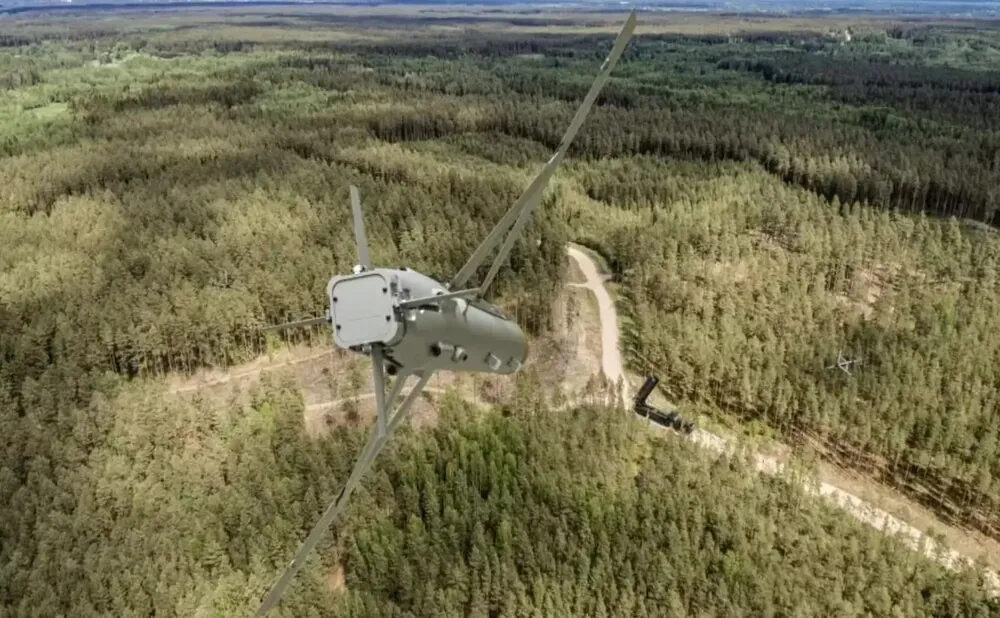
The United States has repeatedly stated that it will not supply Ukraine with long-range ATACMS missiles, which are also fired from the M270 or M142 HIMARS. However, obtaining the GLSDB will also bring many benefits:
- The price of this munition is estimated at $40,000, in contrast to the much higher cost of ATACMS missiles (one million dollars per unit).
- The Ground Launched Small Diameter Bomb Guidance System (GLSDB) is specially designed to operate in confined environments.
- The range of the target is half the range of ATACMS, but will almost double the current range of MLRS and HIMARS. Thus, this munition can hit any Russian target in the temporarily occupied territory of Ukraine, even in part of Crimea. Given the distance from the front line, this range is likely to be very slightly shorter to keep the M270 and M142 out of range of any Russian artillery systems. Therefore, only a few areas in the northeast of Donbas would be out of range of the GLSDB… unless, of course, the front moves toward those areas.
- The possibility of direct impact, where ATACMS is much more limited: GBU-39 can destroy an aircraft in its hangar directly from the roof or, so to speak, by entering through the door before the explosion. It can also pierce a 1.8-meter wall or a reinforced concrete roof.
- A version equipped with a laser in the guidance system can follow a moving object. However, this version is unlikely to be supplied to Ukraine.
Thus, the damage will be significant for Russian strategic infrastructure and important facilities of the invaders in the occupied territories. Finally, if such a delivery does take place, receiving GLSDBs will make Ukraine the first user of these munitions. Therefore, we are sincerely grateful to our Western partners for their support and provision of modern weapons.
We believe in our defenders. The invaders will not escape from retribution. Death to the enemies! Glory to the Armed Forces! Glory to Ukraine!
Read also:
- Silent killers of modern warfare: most dangerous military UAVs
- All about the General Atomics MQ-9 Reaper
- Weapons of Ukrainian victory: ATGM Stugna-P – Russian tanks are in trouble


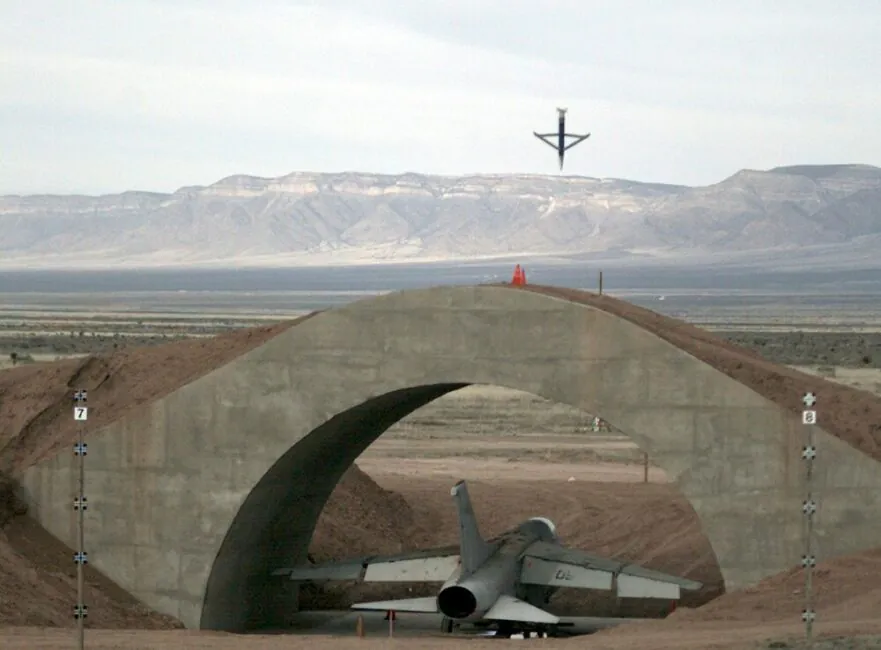
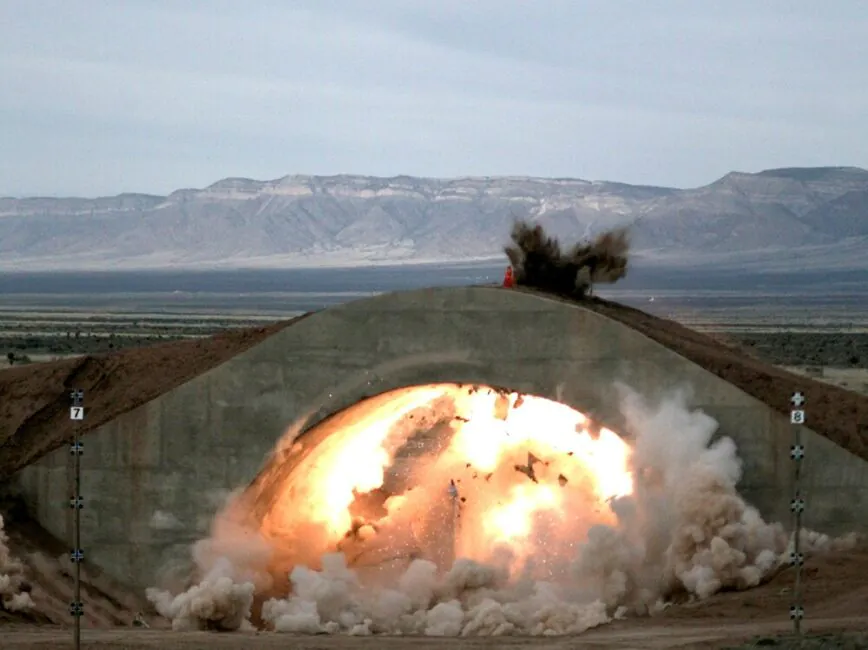
Another game changer eh? “This one” is going to finally defeat the Russians? Evict then from Donbass and Crimea? Drive Putin into hiding? Buddy, you are delusional. Get yourself an AK 47, and get your lazy rear end to Bakhmut. You want this so bad? Give some poor farmer a chance to get back to his family. Offer to trade places. It’s easy for “people” like you, to encourage and support the deaths of others far away. You know what you can do.
No rashist bot…we use m4s. And also m249 lmg….you keep your decrepit 47 we will keep demilitarizing your beloved Muscovites and turning them into fertilizer for the next seasons crop! Smert Za harbynaku
Your rhetoric betrays a russian bot. We are not in Russia, where they take all the lame, sick, disabled, prison inmates and throw them to the front to fill the enemy with corpses. So don’t compare us to ourselves. Men in Ukraine have little chance to go to the front if they are over 40-50 years old and do not have a military specialty. I can tell you this from my own expirience. On the second day of the war I went to the military comissariat office, and they sent me to the territorial defense, where I stood in a kilometer-long line for five hours and got a failed, could not join the unit because they were out of machine guns. I also know people who paid bribes to get into the army.
Some of Ukrainians went to the front, some volunteer, the rest just keep the economy running and collect millions of hryvnias every day – donations for the army. Everyone in our country is doing one common thing – bringing Ukraine’s victory closer. And everyone is important. Even those who write texts :)
We have a different philosophy. To save as many soldiers’ lives as possible by killing the occupiers quickly, accurately and en masse. And these shells will help the Armed Forces of Ukraine to do so even further back at the enemy’s front. As we say: “get your asses ready, moskals”.